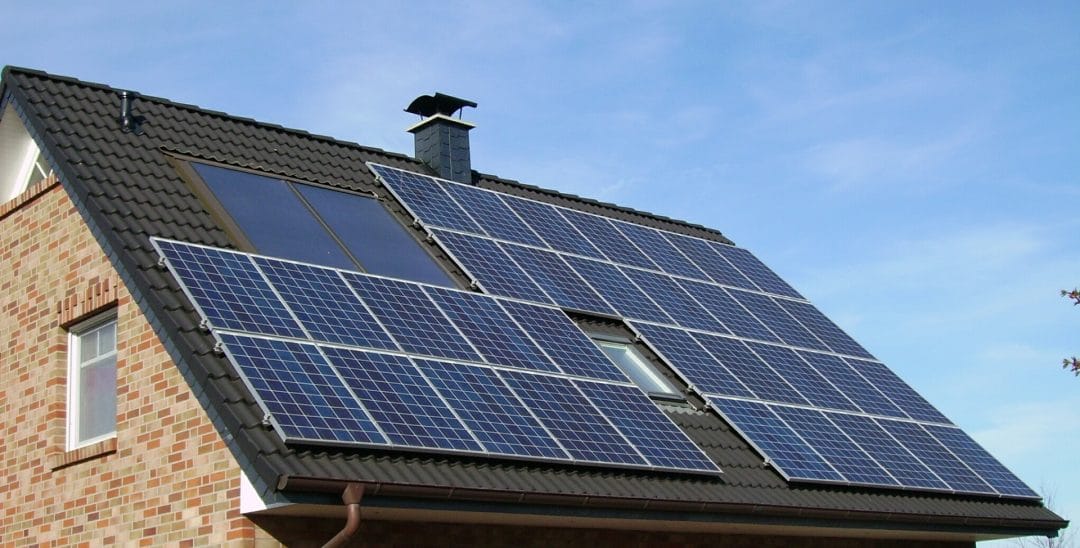Is Sustainable Development Possible?
Sustainable development is meeting human development goals while also protecting our environment and natural systems ability to provide the resources we depend on.
Ideally our natural resources continue to meet human needs without destabilizing our environment. Sustainable development is also defined as development that meets our present needs without compromising the environment for future generations.

Sustainable Development’s Roots
The concept of sustainable development is rooted in the Brundtland Report of 1987. It is also derived from earlier ideas about sustainable forest management. As the concept of Sustainable development has developed the focus has shifted to other issues. These include such things as economic development, social development and future environmental protection.
Many view sustainability as societies goal of maintaining a state of equilibrium between humans and nature. We are trying to balance economic development and our need to preserve our natural resources and ecosystems.
Three Pillars Of Sustainable Development
The three main pillars of sustainable development include economic growth, environmental protection, and social equality.
Economic Growth
Economic Growth is the pillar that most focus on when attempting to attain sustainable efforts and development. In building their economies, many countries focus on resource extraction, which leads to unsustainable efforts for environmental protection as well as economic growth sustainability.
While we have been able to revise the link between economic growth and resource extraction, the worldwide consumption of resources is constantly growing as our population increases.
Since much of our natural world has been converted into human use, the focus cannot remain on economic growth and ignore the growing problem of environmental sustainability. The United Nations Agenda 21 reinforces the importance of finding ways to generate economic growth without hurting the environment.
Environmental Protection
Environmental Protection is important to government and businesses, and has lead to improvements bringing more people willing to invest in green technologies. The United States and Europe continue to add power capacity from renewable sources such as wind and solar. Those efforts continue with many new wind energy projects beginning in 25 different states.
Environmental protection has expanded globally as well, including investment in renewable energy power capacity. Eco-city development around the globe helps develop and implement water conservation, smart grids with renewable energy sources, LED street lights and energy efficient buildings.
The consumption gap remains, consisting of the fact that “roughly 80 percent of the natural resources used each year are consumed by about 20 percent of the world’s population”. This level is striking and still needs to be addressed now and throughout the future.
Social Equality and Equity
The Social Equality and Equity pillars of sustainable development focus on the social well-being of people. The growing gap between incomes of rich and poor is evident throughout the world. As the incomes of the richer households increasing at a faster pace compared to the incomes of middle and lower class households.
Inequality is attributed partly to land distribution patterns in rural areas where the majority make their living from the land. Global inequality has been declining, but the world is still extremely unequal. 1% of the richest of the world’s population own 40% of the world’s wealth and the poorest 50% owning around 1%.
Many Criticize Sustainable Development
Sustainable development has been subject to criticism, including the question of what is actually sustained in sustainable development. Many development opponents argue that the use of a non-renewable finite resources will eventually lead to the exhaustion of earth’s finite stock.
Some Argue That Sustainable Development is Impossible
Some also argue that the meaning has been stretched from ‘conservation management’ to ‘economic development’, and this promotes a business as usual strategy for world development. Sustainable development is an ambiguous and insubstantial concept attached as a public relations slogan.
Calculate Your Carbon Footprint
If you would like to calculate your Carbon Footprint, follow the link to the free carbon footprint calculator of the United States Environmental Protection Agency.








